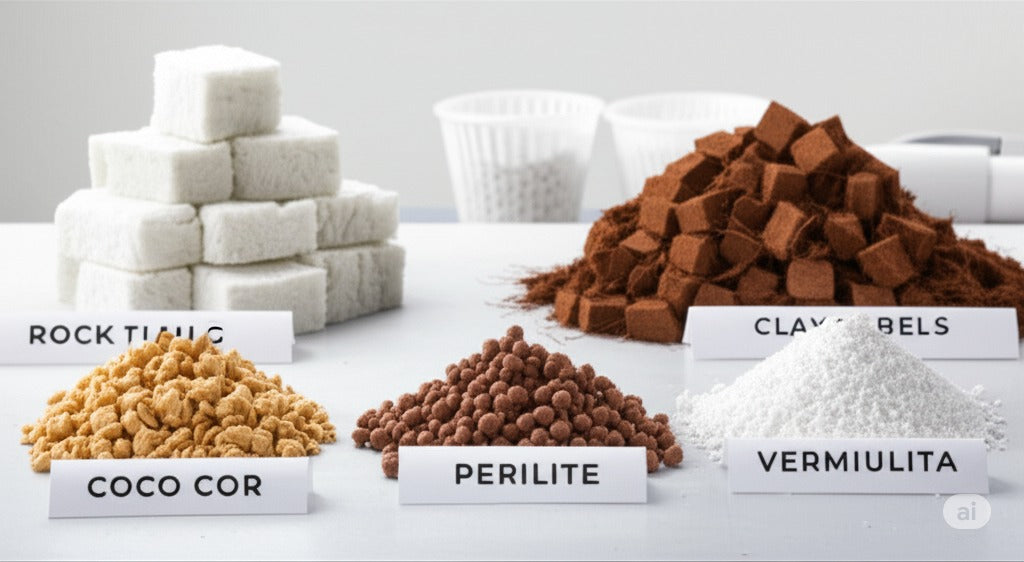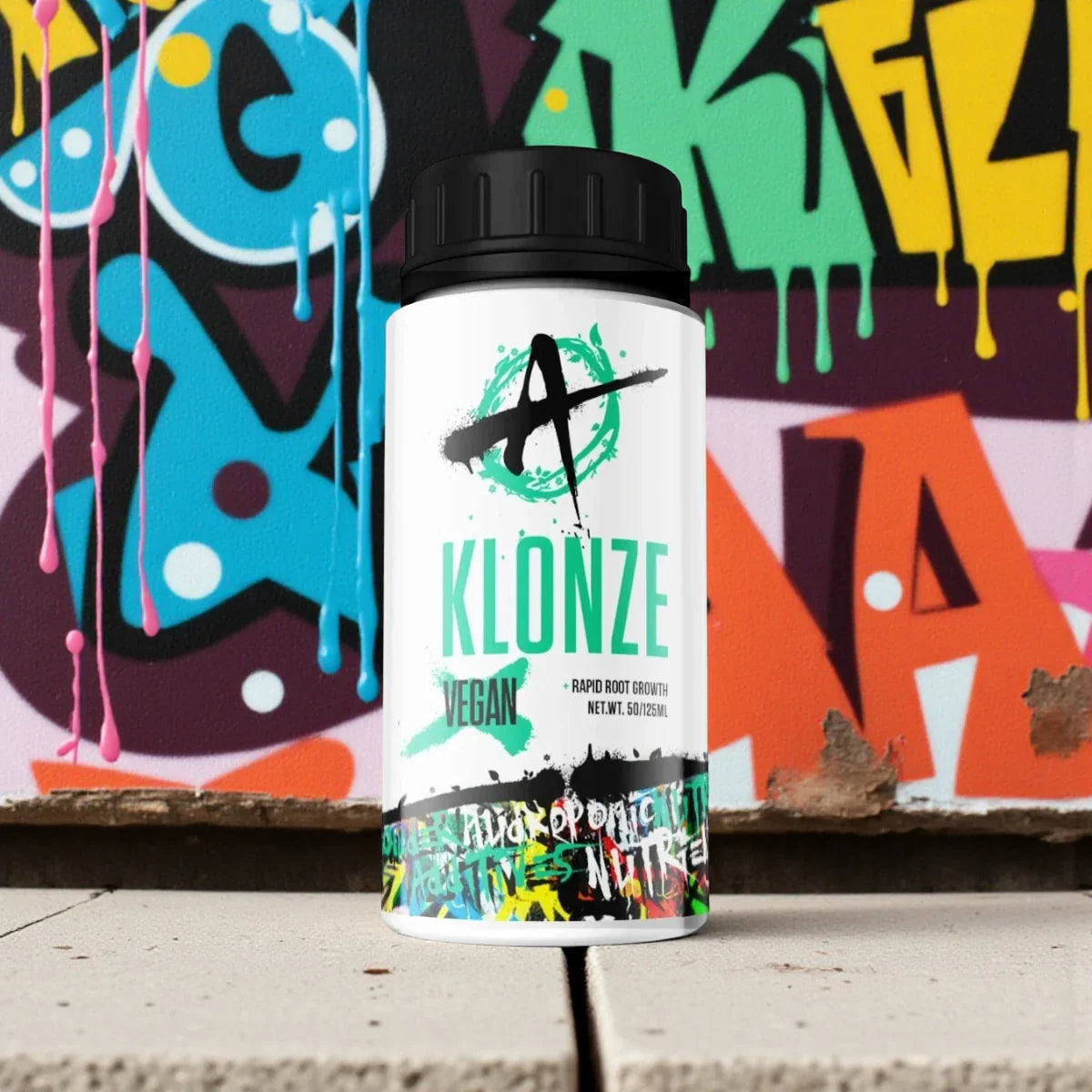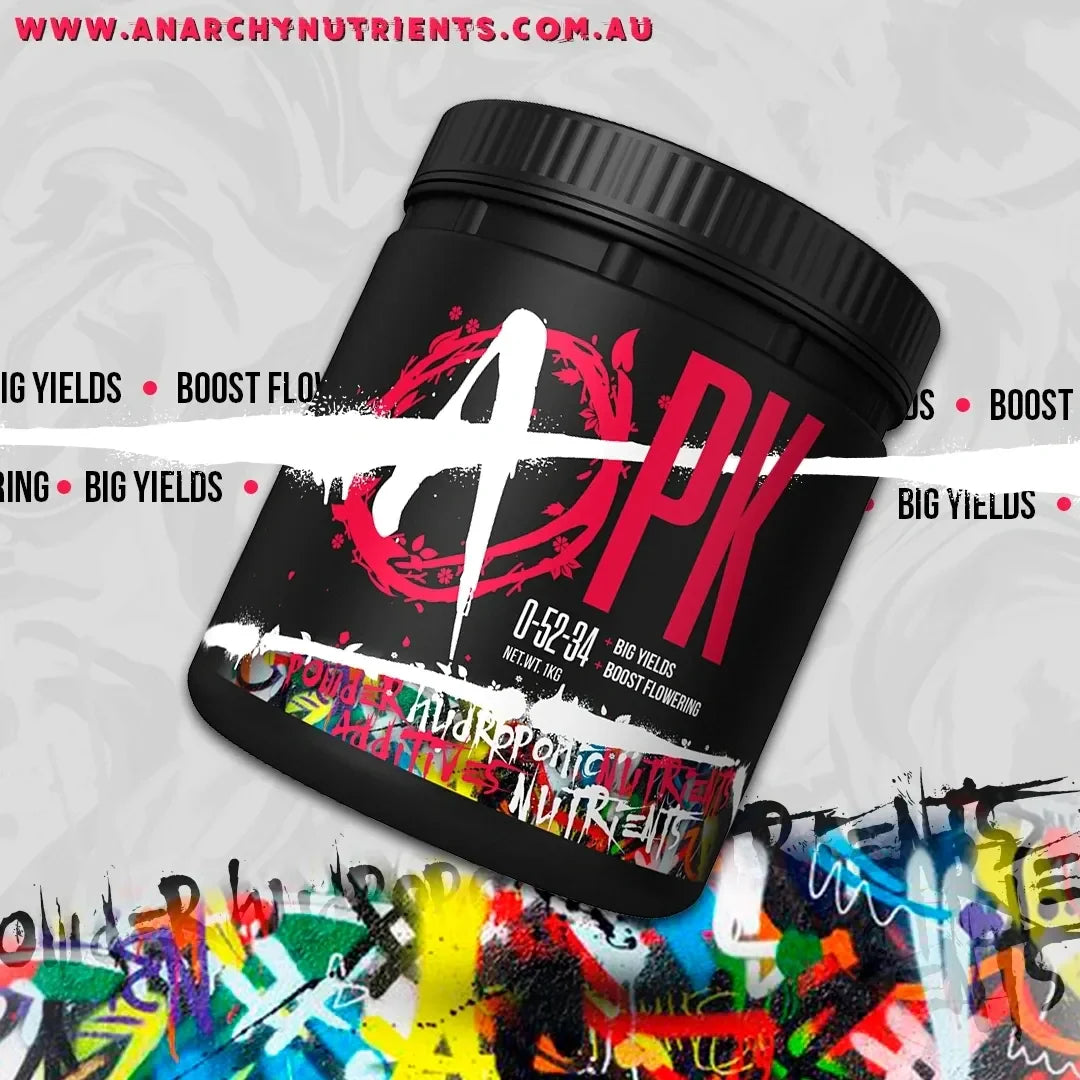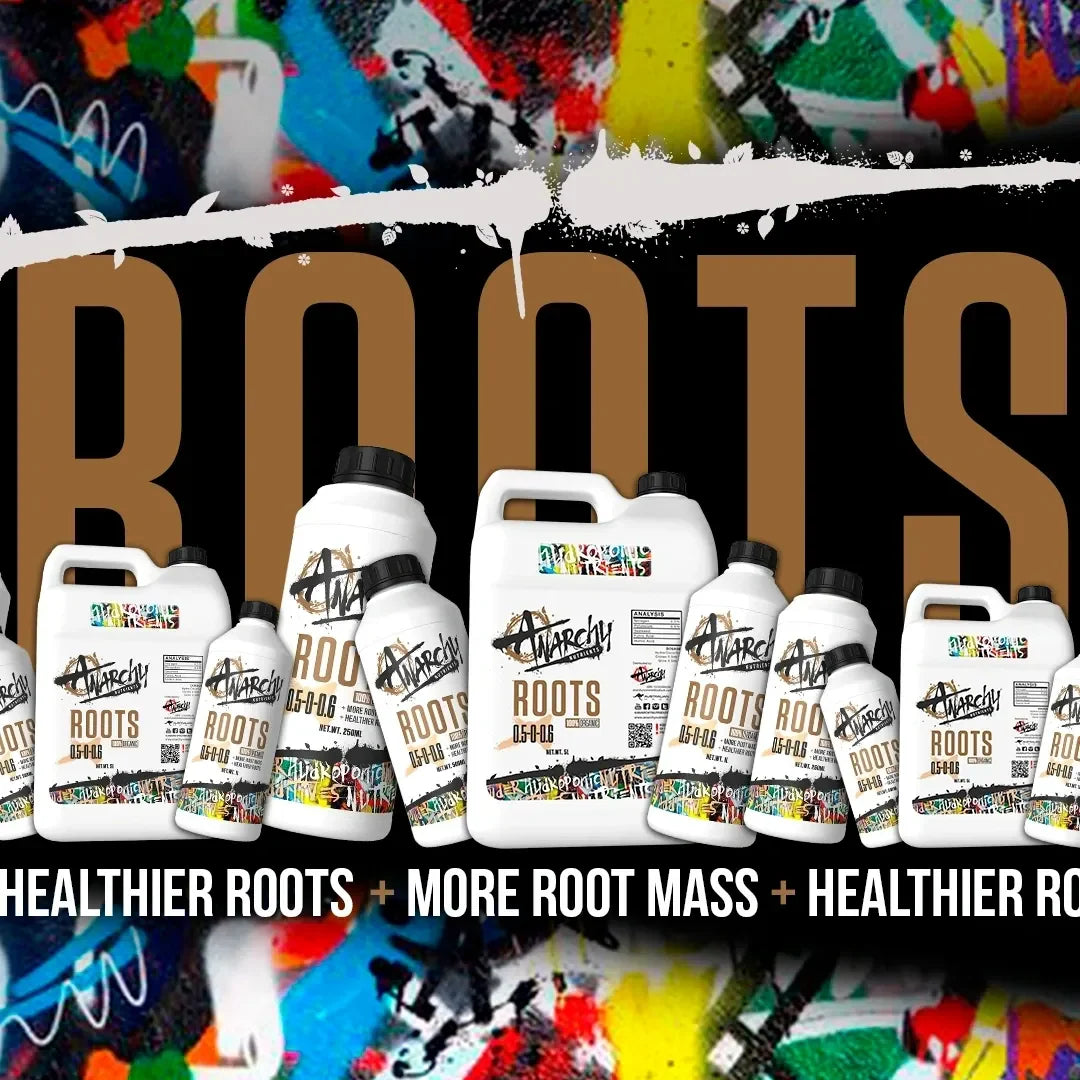Selecting the appropriate grow media is a fundamental decision for any hydroponic grower in Australia. While hydroponics inherently reduces or eliminates the need for traditional soil, a support medium is often used to anchor roots, retain moisture, and facilitate aeration. With various options available at TGHydroponics.com.au, understanding their unique characteristics is crucial for maximizing your yields and plant health.
This comprehensive guide will delve into some of the most popular hydroponic grow media, comparing their pros, cons, and suitability for different plant types and hydroponic systems.

Why Use Grow Media in Hydroponics?
Even in soilless cultivation, grow media plays several vital roles:
- Root Support and Anchorage: Providing a physical structure for roots to grip onto, keeping plants upright and stable.
- Moisture Retention: Holding onto nutrient-rich water, making it readily available to the roots between watering cycles.
- Aeration: Creating air pockets within the root zone, essential for healthy root respiration and preventing anaerobic conditions.
- Drainage: Allowing excess nutrient solution to drain away, preventing waterlogging and root rot.
Popular Hydroponic Grow Media: A Detailed Comparison
Here's a look at some of the most commonly used hydroponic grow media available in Australia:
1. Rockwool (Mineral Wool)
- Description: An inert, fibrous material made from molten rock spun into wool-like mats or cubes.
- Pros: Excellent water retention and aeration balance, readily available, good for starting seeds and cuttings, suitable for various hydroponic systems (NFT, drip, flood and drain).
- Cons: Can have a high initial pH and requires pre-soaking in pH-adjusted water, doesn't decompose and can be an environmental concern, dust can be irritating to skin and lungs.
- Best for: Wide range of plants, from seedlings to mature fruiting vegetables.
2. Coco Coir (Coconut Fiber)
- Description: A natural fiber derived from the outer husk of coconuts. Available in various forms like pith, fiber, and chips.
- Pros: Excellent water retention and aeration, pH neutral, more environmentally friendly than rockwool, good drainage, reusable after proper cleaning.
- Cons: May contain salts and requires pre-rinsing, can retain calcium and magnesium, requiring specific nutrient formulations.
- Best for: Fruiting vegetables, flowering plants, and those that prefer a slightly more moisture-retentive medium.
3. Clay Pebbles (Hydroton, LECA - Lightweight Expanded Clay Aggregate)
- Description: Porous, baked clay balls that are inert and provide excellent aeration and drainage.
- Pros: Excellent drainage and aeration, pH neutral, reusable and easy to clean, doesn't retain excess water, preventing root rot.
- Cons: Poor water retention on its own, best used in flood and drain or deep water culture (DWC) systems, can be heavy in large quantities.
- Best for: Deep water culture (DWC), ebb and flow (flood and drain) systems, and as a drainage layer in other setups.
4. Perlite
- Description: A lightweight, volcanic glass that has been heated and expanded, creating porous, white granules.
- Pros: Excellent aeration and drainage, lightweight, pH neutral, inexpensive.
- Cons: Poor water retention on its own, dusty and can float, often used in mixes with other media.
- Best for: Improving drainage and aeration when mixed with coco coir or other media.
5. Vermiculite
- Description: A hydrated magnesium aluminum silicate mineral that expands when heated, creating light, absorbent flakes.
- Pros: Excellent water and nutrient retention, good cation exchange capacity (CEC), pH neutral.
- Cons: Poor aeration and drainage compared to perlite, can become waterlogged easily, often used in mixes with other media.
- Best for: Seed starting, moisture-loving plants, and when mixed with perlite to balance water retention and aeration.
6. Grow Plugs (Seed Starting Cubes)
- Description: Small, pre-formed plugs made from materials like coco coir, peat, or bonded fibers, often with a hole for seeds or cuttings.
- Pros: Convenient for starting seeds and cuttings, provide good initial support and moisture, easy to transplant.
- Cons: Primarily for propagation, roots will need to be transferred to a larger medium as the plant grows.
- Best for: Starting seeds and rooting cuttings before transplanting to the main hydroponic system.
7. Pumice
- Description: A lightweight, porous volcanic rock similar to perlite but with slightly better water retention and structural integrity.
- Pros: Good balance of water retention and aeration, pH neutral, reusable.
- Cons: Can be less readily available than other options.
- Best for: Similar applications to perlite but offers slightly better moisture retention.
Choosing the Right Media for Your System and Plants
The best grow media for your hydroponic setup depends on several factors:
- Type of Hydroponic System: DWC requires media that doesn't float excessively, while NFT systems often use no media at all for mature plants but may use plugs for seedlings. Ebb and flow systems benefit from media with good drainage.
- Plant Type: Some plants prefer more moisture-retentive media (e.g., leafy greens), while others thrive in well-draining environments (e.g., herbs).
- Budget and Reusability: Consider the initial cost and whether the media can be cleaned and reused for multiple growing cycles.
- Environmental Considerations: Some media, like coco coir, are more sustainable than others, like non-recycled rockwool.
Conclusion: Experiment and Find Your Perfect Match
Choosing the right hydroponic grow media is a crucial step towards successful indoor gardening in Australia. By understanding the characteristics of each option, considering your specific system and plant needs, and even experimenting with different mixes, you can create the ideal root environment for healthy, high-yielding plants.
Explore the wide range of grow media available at TGHydroponics.com.au and don't hesitate to contact our team for expert advice on selecting the best option for your hydroponic journey!




